11 Timeless Antique Toys That Are Still Hot in the Collectors’ Market
Vintage toys continue to attract serious attention from collectors who value their charm, history, and lasting appeal. These classic playthings are more than just childhood memories; they reflect past trends, craftsmanship, and unique styles that are hard to find today. From metal cars to early dolls and original board games, each piece tells a story that keeps it in demand. Many of these toys still show up in antique shops, online auctions, and family attics. Condition, packaging, and rarity all play a role in how much collectors are willing to pay. Whether displayed on a shelf or passed down through generations, these toys hold a special place in the world of collecting.
This post may contain affiliate links, which helps keep this content free. Please read our disclosure for more info.
Tin Wind-Up Robots
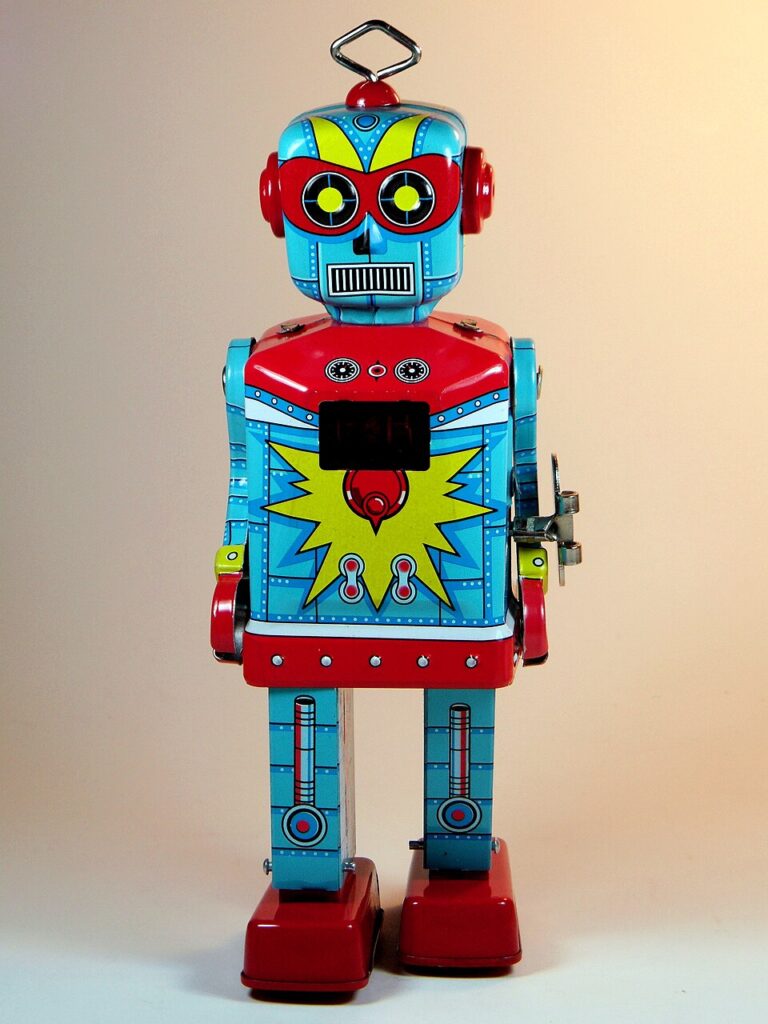
Tin wind-up robots from the mid-20th century still capture attention with their colorful designs, mechanical charm, and nostalgic appeal. Originating mostly from Japan during the 1940s to 1960s, these toys were often made with stamped tin and featured hand-painted or lithographed surfaces. When wound up, they would walk, spin, or spark, bringing excitement to a generation fascinated by science fiction and space travel.
Collectors are especially drawn to rare models such as the “Machine Man,” “Robby the Robot,” and “Astronaut,” many of which have become prized auction items. Robots with intact parts, working mechanisms, and original packaging can fetch thousands. Even those with minor wear still hold solid value due to their historical significance and decorative appeal. Their lasting popularity shows how vintage playthings can become cherished art pieces over time.
Lionel Trains
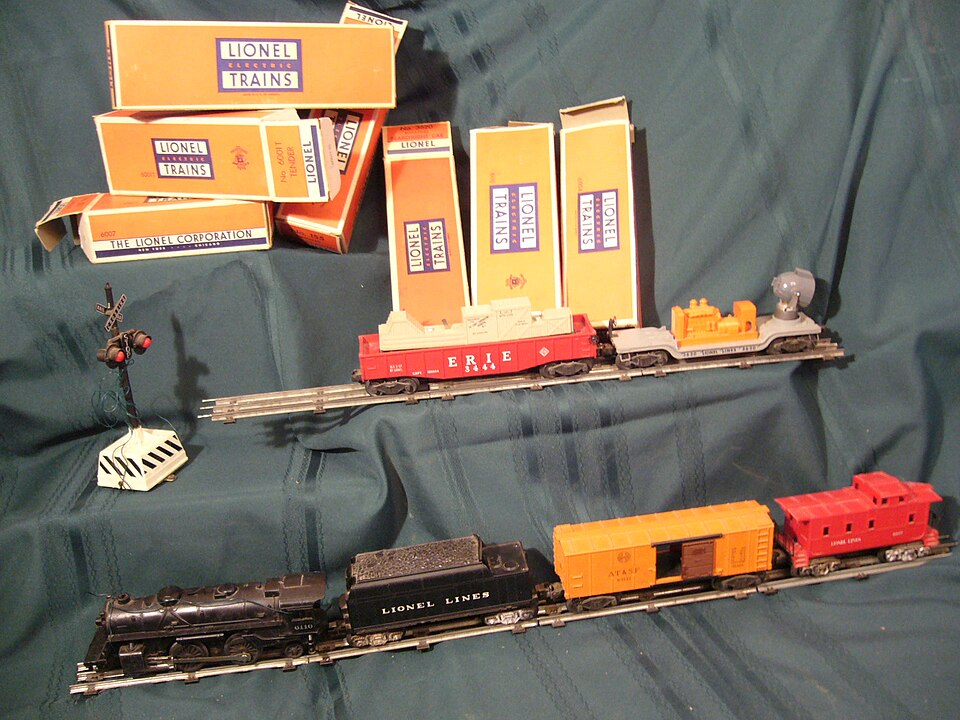
Lionel trains have long been a centerpiece of American toy history. First introduced in the early 1900s, these electric train sets became widely popular during the 1920s through the 1950s, especially around the holidays. Their realistic detailing, strong build, and expandable track systems made them a dream for both children and adults.
Collectors still seek out pre-war and post-war Lionel trains, especially rare locomotives like the 400E or the Santa Fe F3. Full sets in good working order with track, transformers, and accessories bring higher prices. Even single train cars or parts can be valuable, depending on the year and scarcity. Enthusiasts often restore or display their trains as a way to preserve a piece of family tradition and classic American design.
Barbie (1959 Original)
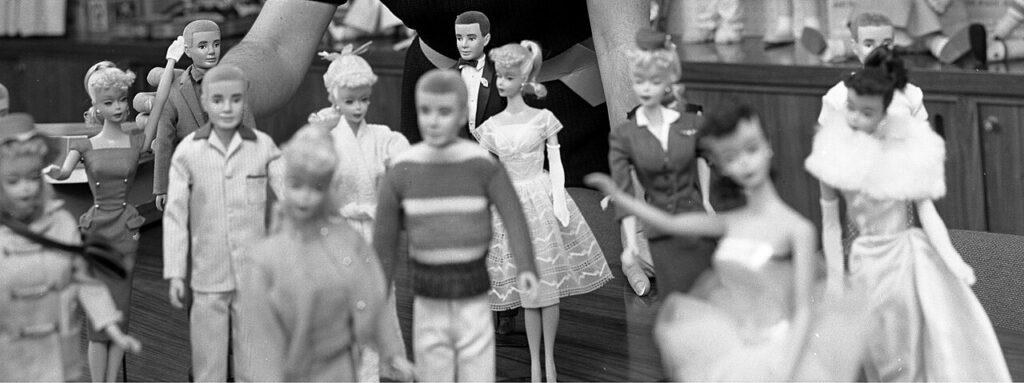
The original 1959 Barbie, with her classic ponytail, narrow waist, and zebra-striped swimsuit, remains one of the most collectible fashion dolls on the market. Designed by Ruth Handler and released by Mattel, this first Barbie was meant to represent an adult woman rather than a baby, which was a new concept at the time. Her look reflected the fashion trends of late 1950s America, making her a mirror of pop culture.
Collectors look for details like the type of hair, eye makeup, and markings on her foot to determine authenticity. Barbies with the “Made in Japan” mark, in mint condition, and paired with the original box can command high figures. Accessories like her sunglasses, shoes, and stand further raise the value. She remains a timeless symbol of changing roles and style in American childhood.
G.I. Joe (1964 Original)
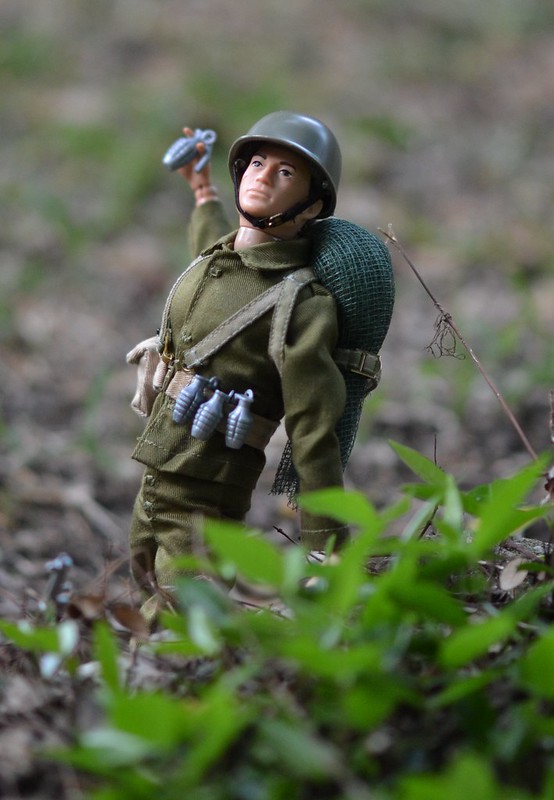
Released in 1964 by Hasbro, the first G.I. Joe was marketed as a “movable fighting man” and gave boys an action figure counterpart to dolls. Standing 12 inches tall with articulated joints, he came with detailed military uniforms and gear. Inspired by the branches of the U.S. military, these figures set the tone for years of themed toys and action figures to come.
The early G.I. Joes are now top-tier collectibles, especially those with original accessories like dog tags, rifles, and fatigues. The packaging, particularly the boxes with patriotic graphics, increases their appeal. Over time, even weathered or incomplete figures have remained popular among fans who remember them from childhood. Their durability and strong design make them stand out decades later.
Hot Wheels Redlines
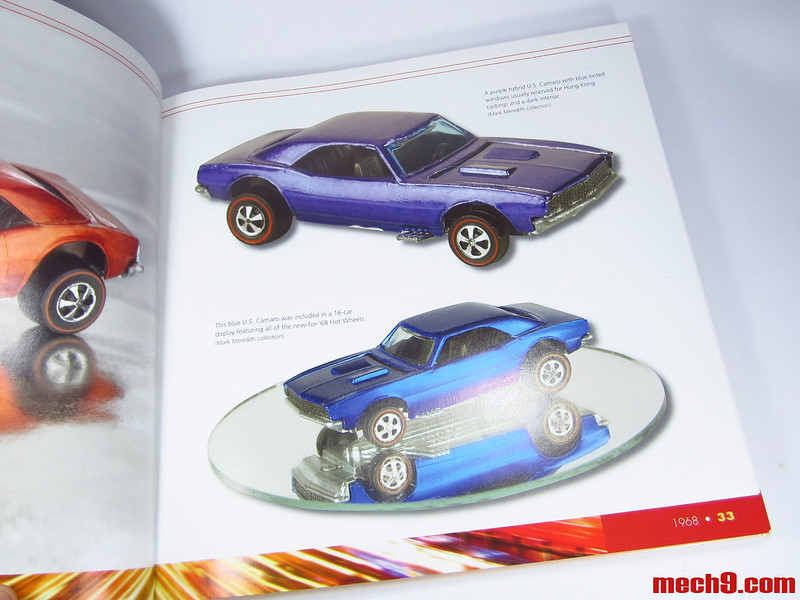
Hot Wheels Redlines, produced between 1968 and 1977, are some of the most recognizable die-cast cars in toy history. Named for the red stripe around their tires, these early models featured sleek designs, chrome accents, and vibrant Spectraflame paint. Kids loved racing them on orange plastic tracks, and many of these cars were based on real or imagined muscle cars, hot rods, and dragsters.
Collectors prize the original models like the “Custom Camaro,” “Beach Bomb,” and “Volkswagen Bug.” Condition plays a big role in pricing, with unplayed examples in original packaging reaching high amounts at auctions. Even loose cars, if kept clean with minimal paint wear, can be quite valuable. The Redline era represents a golden age of toy car design that still holds strong interest for collectors today.
Original Monopoly (1935 Edition)
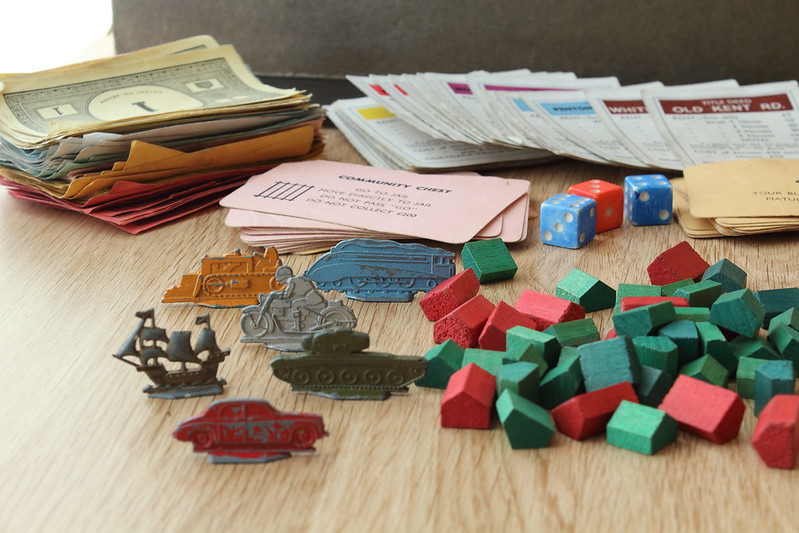
The first mass-produced Monopoly set by Parker Brothers in 1935 remains one of the most collectible board games. With its wooden houses, metal tokens, and unique color palette, this version laid the groundwork for one of the most played games in history. Sets with the black box, hand-drawn boards, or patent-pending labels are especially sought after.
Collectors appreciate these early editions for their ties to the Great Depression, a time when families turned to affordable entertainment. Pieces in good condition, especially those with intact money, cards, and the original instructions, can bring impressive returns. Even individual components, like the first metal car or thimble token, hold value on their own.
Buddy L Trucks
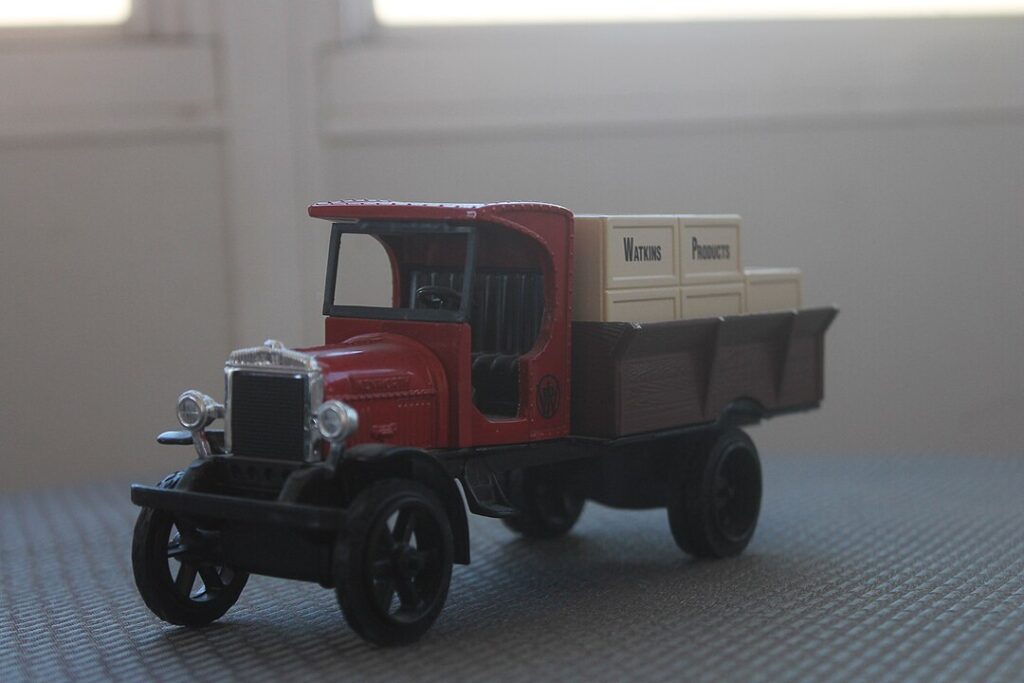
Buddy L toy trucks, made from pressed steel and introduced in the 1920s, were known for their heavy-duty build and realistic styling. Originally marketed as toys that children could ride on, these trucks included fire engines, delivery vans, and construction vehicles. Their large size and colorful paint made them stand out in any playroom.
Today, collectors look for original models with minimal rust and original decals. Even those with wear can still attract interest because of their nostalgic look and sturdy build. These toys represent a time when durability was the focus, and many have survived thanks to their rugged construction. (Note that a model of a 1925 Kenworth truck is pictured above.)
View-Master (1939 and Early Reels)
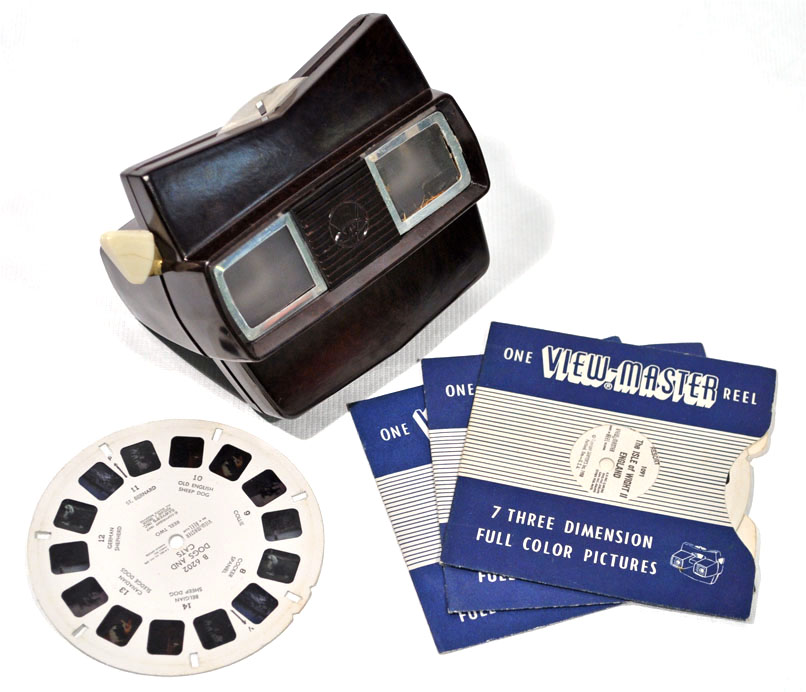
The View-Master, first introduced at the 1939 New York World’s Fair, brought 3D image viewing to life with its round reels and handheld viewer. These reels offered colorful scenes from travel locations, fairy tales, and cartoons, making it both an educational and entertaining toy. The earliest viewers were made of Bakelite, a material that has become collectible on its own.
Collectors are especially drawn to the earliest reels, including scenic shots and Disney-themed ones from the 1950s. Sets that include original packaging and viewer cases tend to do well in vintage markets. The toy remains a symbol of mid-century curiosity and childhood wonder.
Schuco Cars
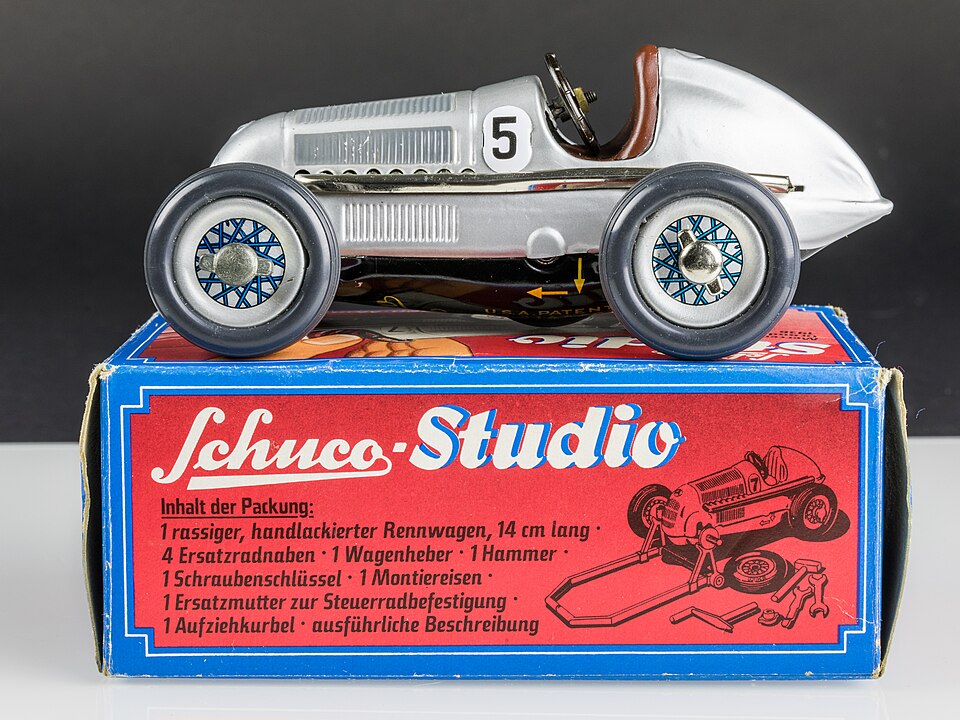
Schuco toys, especially their tin cars made in Germany during the 1930s through the 1950s, continue to draw interest from vintage toy lovers. Known for their clever wind-up mechanisms and detailed designs, these small cars often included features like steering wheels that turned the wheels or levers that opened doors.
Collectors often seek out models like the Examico or the Micro Racer series, which came in a variety of colors and designs. Cars in original boxes, with working mechanisms and little paint loss, are highly prized. Schuco toys reflect a time when engineering and imagination came together in small, hand-sized packages.
Original Easy-Bake Oven (1963)
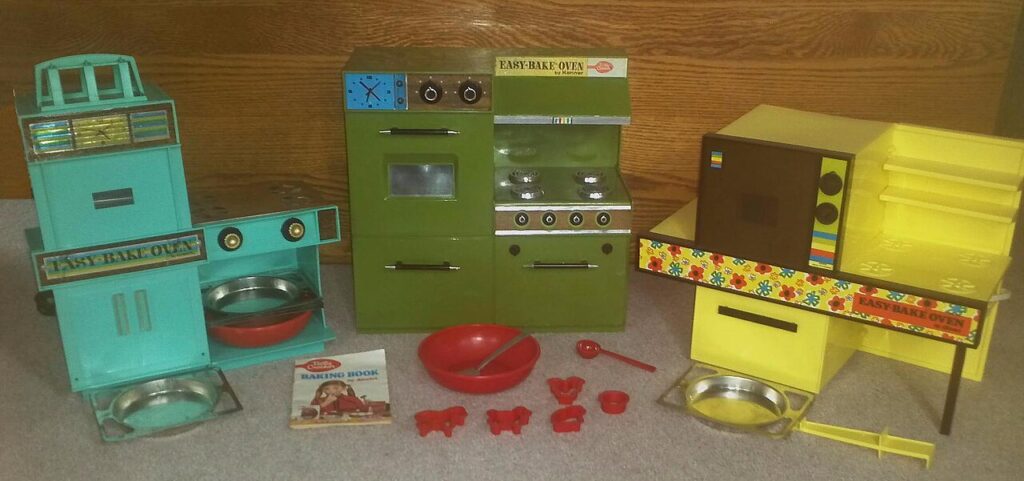
Released by Kenner in 1963, the first Easy-Bake Oven gave children the chance to bake tiny cakes and cookies with just a light bulb. Shaped like a kitchen appliance and available in pastel colors, it quickly became a popular toy among kids who wanted to imitate grown-up cooking. It came with baking mixes and tools that added to the pretend play.
Collectors look for the turquoise or pale yellow models, especially if they come with the original pans, mixes, and instructions. Even used ovens can attract interest if they are still clean and functional. This toy is a sweet reminder of mid-century kitchen culture and childhood imagination.
Märklin Model Trains
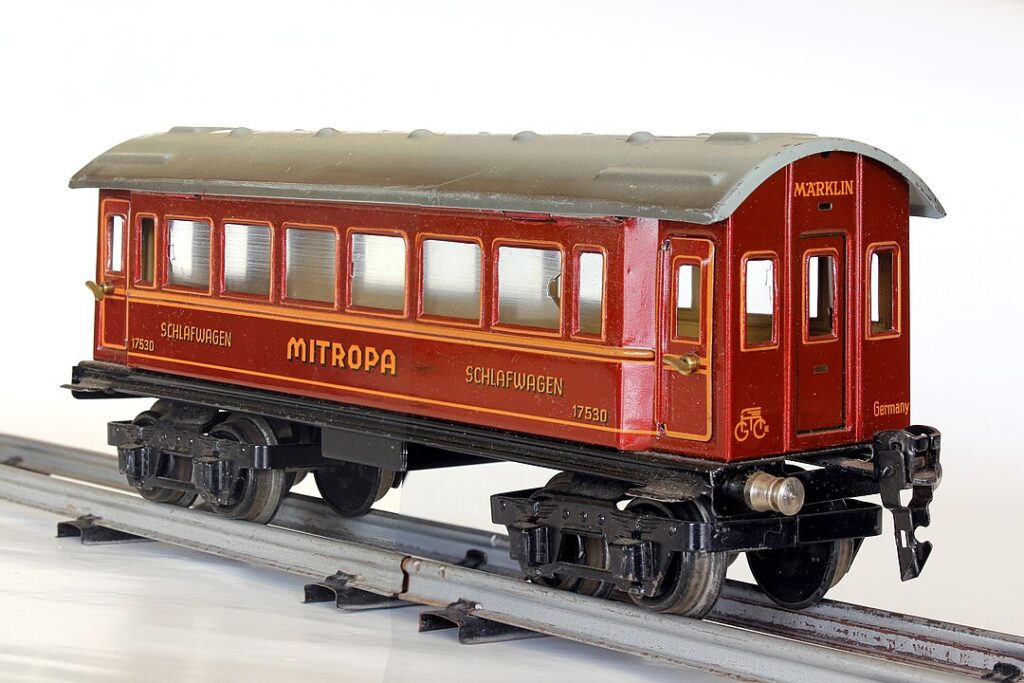
Märklin trains from Germany, especially those from the pre-World War II period, are still considered prized possessions among collectors. These model trains were known for their finely detailed metalwork and craftsmanship. They often featured unique European locomotives and railcars that were hard to find outside of Europe.
Collectors favor the older gauge 1 and O scale models, especially those with hand-painted details. Original boxes, track pieces, and transformers raise the value significantly. These trains offer a glimpse into international toy design and remain popular for their quality and rarity.
This article originally appeared on Avocadu.
